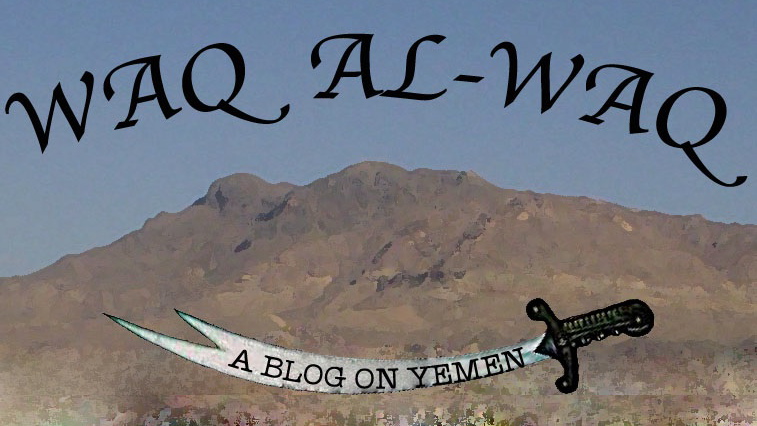Hostages and al-Qaeda
In an article on the dilemma of the Yemeni detainees at Guantanamo, which I co-wrote with Christopher Boucek back in November 2008 for the CTC Sentinel, we argued that there were no good options left. Prosecuting most of the detainees seemed impossible, given how they were arrested and the limited evidence the US has, but releasing those the US can’t prosecute would almost certainly mean that some men the US currently has in custody will go on to carry out attacks.
That, in a nutshell, is the argument we laid out (if you want more depth read the whole thing, available here).
Towards the end we also made the intentionally provocative point that Yemen might partner with the US to play certain individuals back against al-Qaeda in Yemen, which we suggested might further fragment and fracture an organization that appears to be growing stronger. We stressed that this was a bad option, but possibly, in certain respects, the least bad – certainly it would violate both US and Yemeni law. (For those looking more depth on this subject, I would suggest Benjamin Wittes book Law and the Long War, since despite my dreams I’m not yet a lawyer.)
Anyway, as I expected, I took some criticism – one journalist I know, told a number of people that we had lost all credibility, unfortunately, I have yet to have a face-to-face conversation with this particular journalist to further explain my point. But that is for another time, this long-winded introduction is merely a set-up for these stories, which show that the Yemeni government has already been utilizing this hostage system (much as I had assumed, and as my sources lead me to believe), to little benefit, against al-Qaeda. (For the record this isn’t exactly what we meant in the article, and I don’t support the detention of these three people.)
There are two articles, well one is really a statement (in Arabic, English and French) reprinted by al-Tagheer that explains that three men – Amir, Muhammad and Mu’adh – have been in Yemeni custody since July 2007, because their brother – ‘Adil al-‘Abab – is suspected of being a member of al-Qaeda.
The second article from al-Ghad is, of course, much more in-depth. ‘Adil al-‘Abab as eagle-eyed readers may remember is the same individual who uses the kunya Abu Zubayr and gave an audio-tape entitled “No alms and No Jihad,” which looking back it appears I never wrote about because, well, I didn’t have any time.
Abu Zubayr, of course, isn’t just a foot soldier in AQAP, he appears to be a leading figure in the group’s legal committee, which has been growing stronger in recent months and has even been releasing fatawa – a phenomenon I am continually fascinated with. This committee is doing important work in justifying what AQAP is doing in Yemen, and I think its rationale is striking a chord with some young men who are joining the organization. This means that in addition to al-Wahayshi (the ‘amir for those just joining us from Nebraska) al-Shihri (the deputy) and al-Raymi, al-‘Abab is the only other AQAP figure to release his own audio tape.
That his importance (or maybe more accurately, existence in AQ) was known as early as July 2007 to Yemeni authorities is impressive, particularly since this was just after al-Raymi announced that al-Wahayshi was the new amir.
The indefinite detention of his brothers, however, has had little impact on Abu Zubayr, which is not exactly surprising given the rhetoric AQ has consistently used in Yemen since June 2007. What this case does tell us, at least in my mind, is that the mindless arrest and detention of family members of AQAP members will likely do little (however from what I hear the Saudis may have had the opposite experience with al-‘Awfi). This could have also been understood from the case of Fawaz al-Rabi’i’s older brother who has also been subjected to numerous arrests. His other brothers -Abu Bakr and Salman – are both in prison ( a Yemeni PSO prison and Guantanamo, respectively) but they have actually committed acts of terrorism.




